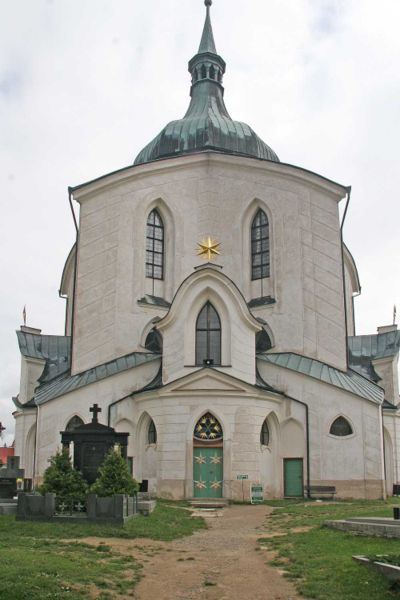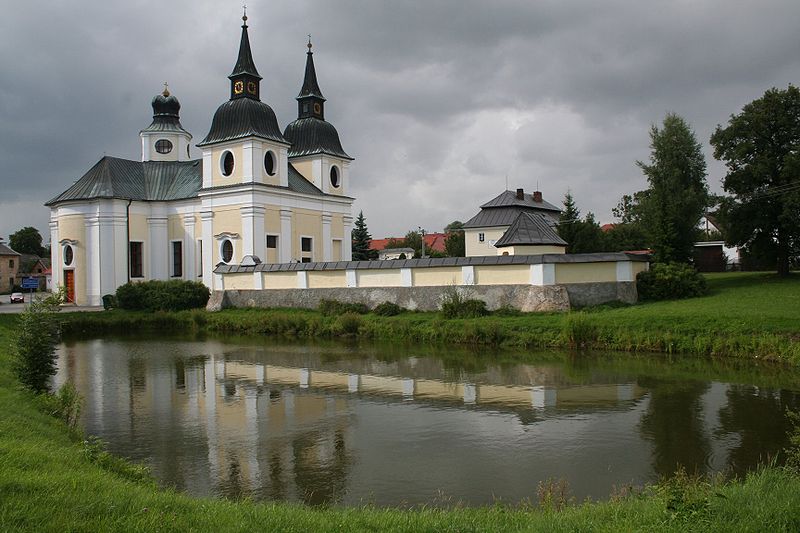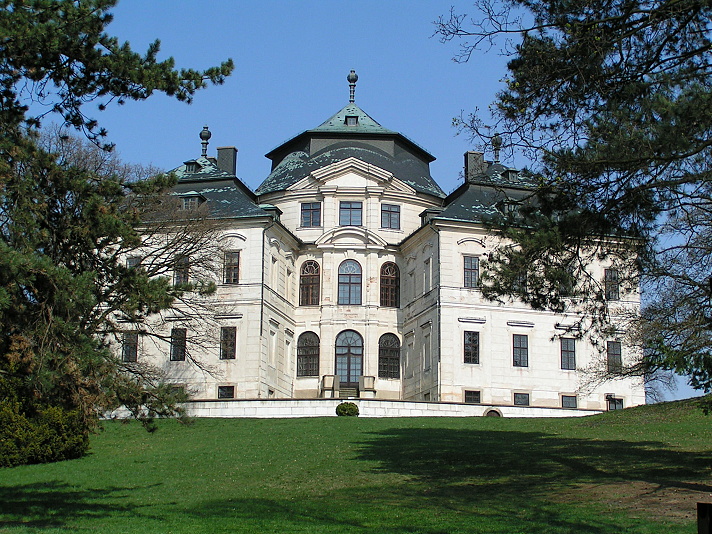<Back to Index>
- Mathematician Paul Samuilovich Urysohn, 1898
- Architect Jan Santini Aichel, 1677
- President of Finland Risto Ryti, 1889
Jan Blažej Santini Aichel (February 3, 1677 – December 7, 1723) was a Czech architect of Italian descent, whose major works represent a curious amalgam of the Gothic and Baroque styles.
Often considered one of the most important architects of the eighteenth century in Bohemia, Jan Blazej Santini-Aichel was born in Prague in 1677. He ended his formal training as a painter around 1696, then spent two or three years traveling abroad. Based on his later works, he probably visited Austria and Italy.
Around 1700 Santini Aichel returned to Bohemia and gained employment at the Cistercian cloister at Zbraslav near Prague. Santini's work at Zbraslav marked a long association with the older ecclesiastical orders in Bohemia, who provided him with a major source of patronage. The Cistercians, the Premonstratesnsians, and the Benedictines all gave him commissions.
Until 1704 Santini Aichel worked with his brother. Later he collaborated with a number of masons and architects. Although Aichel often acted as a draftsman and designer, he also gave advice on projects that he did not design. He represented the beginnings of specialization within the design process.
Santini Aichel drew from aesthetic, religious and intellectual currents that were found in local Gothic tradition and from a historical and religious revival that sought to imbue the past with new meaning. However, for both formal and cultural reasons his works constitute an independent creation. Santini Aichel acted as a forerunner of the Gothic Revival of the late eighteenth and nineteenth centuries. His unique combinations of forms, mass, and space, deserve consideration from practicing architects of post-modernism as well as from historians of architecture.
Santini Aichel's career ended with his death in 1723.


